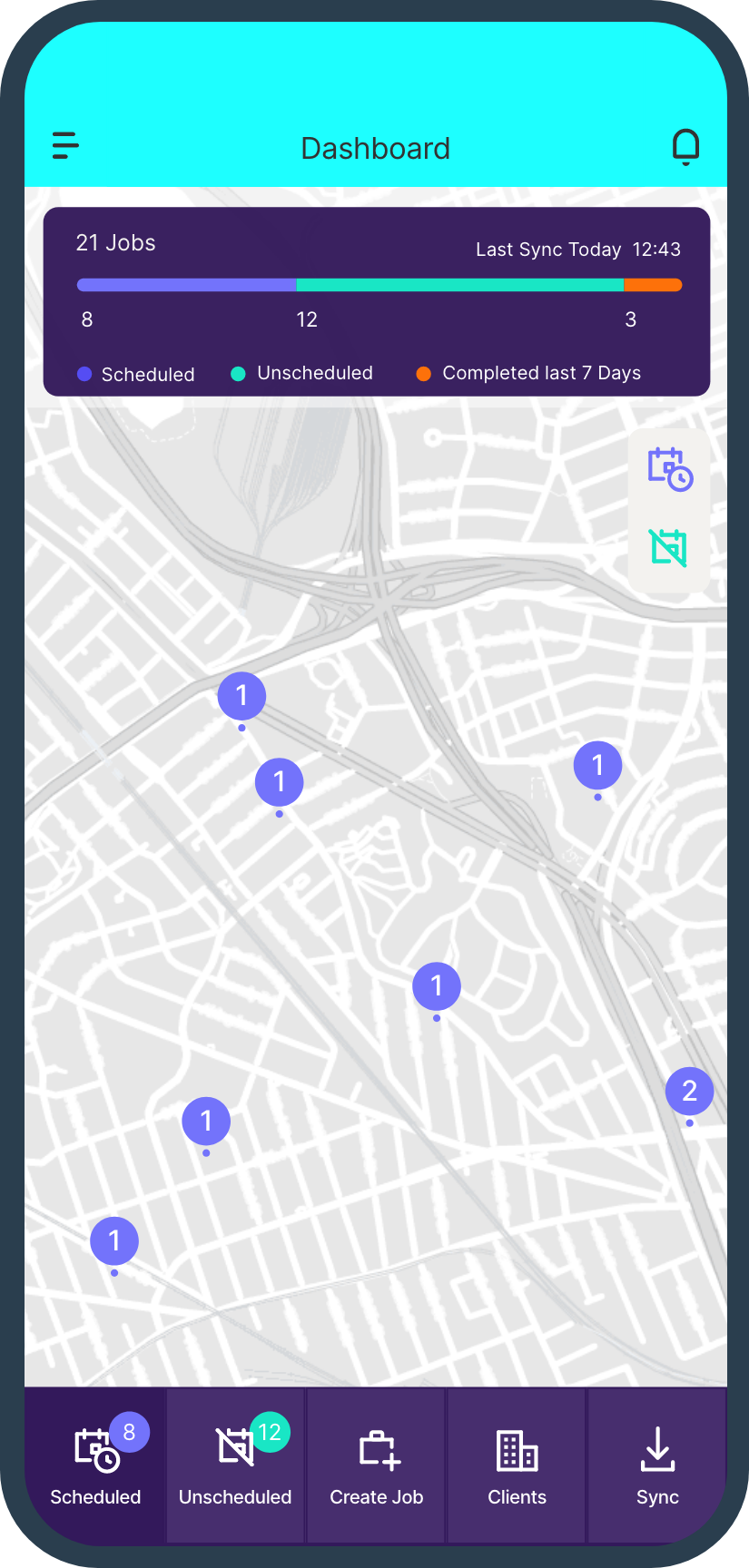Introduction
In today’s competitive business landscape, optimising field service workflows is crucial for staying ahead of the curve and delivering exceptional customer experiences. A streamlined and efficient field service workflow can boost productivity, reduce operational costs, and enhance overall customer satisfaction. In this comprehensive guide, we will explore the key strategies to optimise your field service workflow, from job assignment to completion, ensuring that your field service operations run like a well-oiled machine.

Embrace Digital Transformation
Digital transformation is at the heart of optimizing field service workflows. Moving away from traditional paper-based processes to digital solutions can significantly enhance efficiency and accuracy. Here are some essential digital tools that can revolutionize your field service operations:
a. Field Service Management Software: Invest in a comprehensive field service management software that encompasses job scheduling, route optimization, technician tracking, and real-time updates. Such software automates manual tasks, streamlines communication, and provides valuable data insights.
b. Mobile Applications: Equip your field technicians with mobile apps that allow them to access job details, update statuses, capture data, and receive real-time information while on the go. This boosts technician autonomy and eliminates delays caused by communication barriers.
c. Internet of Things (IoT) Integration: IoT sensors can be used to monitor equipment health, predict maintenance needs, and trigger automated service requests, enabling proactive maintenance and reducing downtime.
d. Customer Portals: Implement customer portals that allow clients to schedule appointments, track service requests, and provide feedback, promoting transparency and improving customer satisfaction.
Efficient Job Scheduling and Dispatching
Efficient job scheduling and dispatching are critical components of a well-optimized field service workflow. Employing the right technician for the right job at the right time is key to maximizing productivity and minimizing response times. Here are some best practices for effective job scheduling and dispatching:
a. Skill-Based Assignments: Match technicians to jobs based on their skills, experience, and certifications. This ensures that the most qualified technician is assigned to each task, leading to higher first-time fix rates.
b. Real-Time Technician Tracking: Utilise GPS tracking to monitor technicians’ locations and statuses in real-time. This enables dispatchers to reassign tasks or send the nearest available technician to handle urgent or time-sensitive jobs.
c. Automated Scheduling: Utilise field service management software to automate scheduling based on predefined rules, such as technician availability, proximity to the job site, and job priority.
d. Dynamic Scheduling: Adopt dynamic scheduling to accommodate last-minute changes or emergencies. This flexibility ensures that you can quickly respond to unforeseen circumstances without disrupting the entire schedule.
Route Optimisation
Optimising technician routes is a key strategy for reducing travel time, fuel costs, and vehicle wear and tear. An efficient route ensures that technicians can complete more jobs in a day while maintaining a timely response to customer requests. Here’s how you can optimize routes:
a. Geographical Analysis: Analyze historical data and customer locations to identify clusters and plan routes that minimize distance traveled.
b. Traffic and Weather Considerations: Integrate real-time traffic and weather data into route planning to avoid congestion and delays.
c. Sequential Job Scheduling: Arrange tasks in sequential order to reduce backtracking and unnecessary travel between job sites.
d. GPS Navigation: Provide technicians with GPS navigation tools that guide them along the most optimized routes.
Empower Technicians with Information
Equipping technicians with the right information is crucial for streamlining the service workflow and improving customer satisfaction. Here’s how you can empower your field technicians:
a. Mobile Access: Provide technicians with mobile devices or tablets equipped with the necessary field service management apps, allowing them to access job details, customer history, and repair manuals on the field.
b. Knowledge Base: Create a centralized knowledge base accessible to technicians, containing troubleshooting guides, frequently asked questions, and best practices.
c. Remote Support: Enable technicians to seek remote support from more experienced team members or subject matter experts in case of complex issues.
Proactive Maintenance and Predictive Analytics
Shifting from reactive to proactive maintenance can save costs and minimise downtime for your clients. Implement predictive analytics and IoT integration to monitor equipment health and anticipate potential failures. This approach enables you to schedule preventive maintenance proactively, reducing emergency service requests and customer complaints.
Summary
Optimising your field service workflow is a multifaceted endeavor that requires a combination of digital tools, efficient scheduling, route optimisation, and technician empowerment. Embracing digital transformation through field service management software, mobile applications, IoT integration, and customer portals can revolutionise your operations. Efficient job scheduling, real-time technician tracking, and dynamic route optimisation ensure that you can meet customer demands promptly.
Empowering your technicians with the right information and enabling proactive maintenance through predictive analytics will further enhance your service quality. By implementing these strategies, your field service business can achieve optimal efficiency, increased customer satisfaction, and a competitive advantage in the market.

